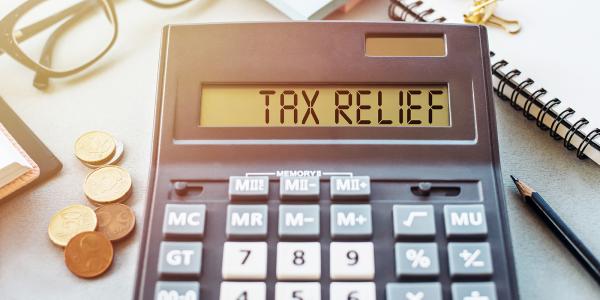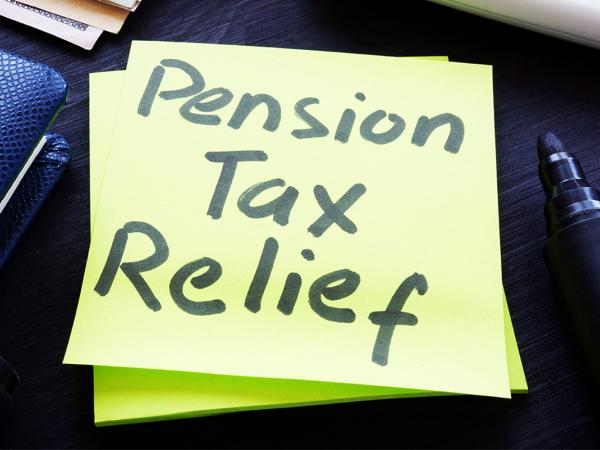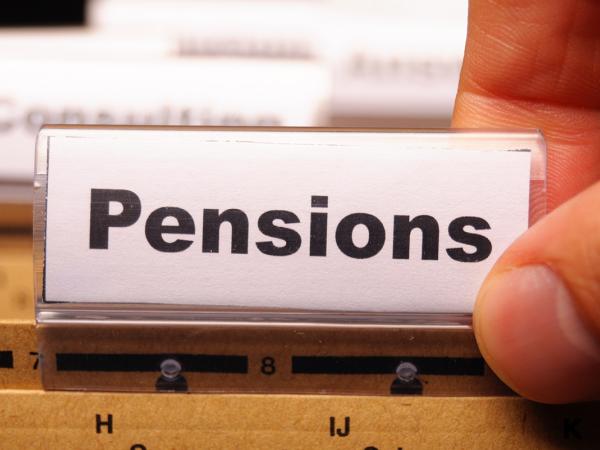How tax relief is given on pension contributions
If you are paying into a pension as an employee, the way you receive pension tax relief depends on what type of pension scheme you are in. This page provides more detail on the different ways that tax relief is given on pension contributions – relief at source and net pay arrangements.
Note that personal pension schemes (typically used by self-employed people) are all relief at source schemes.

Content on this page:
Overview
The way pension tax relief works for employees depends on what kind of pension scheme you are in:
- If you are in a ‘net pay arrangement’, the total pension contribution is deducted from your pay before tax is calculated on your pay (meaning you receive tax relief there and then).
- If you are in a ‘relief at source’ arrangement, the pension contribution is deducted from your pay after tax is calculated. The amount will be net of basic rate tax relief which the pension scheme will claim directly from HM Revenue & Customs (HMRC).
We discuss each of these types of pension scheme in more detail below.
Net pay arrangements
Net pay arrangements are used by many traditional occupational (‘works’) pensions and also some workplace pensions set up under auto-enrolment, and do not require you to do anything to get your tax relief.
Your pension contributions are deducted from your salary by your employer before income tax is calculated on it, so you get relief on the amount immediately at your highest rate of tax.
You do not usually need to put details of pension contributions made in this way on your self assessment tax return (if you complete one) or tell HMRC about the contributions in any other way at all. This is because exactly the correct amount of tax relief is usually given on the contribution via the payroll and there is nothing else to do.
Occasionally, full relief on pension contributions to a net pay arrangement might not be given through the payroll and a claim for relief will need to be made. HMRC’s pensions tax manual explains this.
Relief at source arrangements
Relief at source arrangements are used by personal and stakeholder pensions and some auto-enrolment workplace pensions.
If you are a 20% taxpayer (a basic-rate taxpayer), you will make your pension contributions to this type of scheme out of income that has already had 20% tax deducted.
Therefore, if you are paying into a pension through your employer, your employer will only take 80% of your total pension contribution from your salary and send it to your pension scheme. Your pension scheme then sends a request to HMRC, who pay an additional 20% tax relief into your pension.
If you are a 20% taxpayer, there is no further adjustment that needs to be made. However, under this system, higher and additional-rate taxpayers must make a claim to receive the extra relief due to them.
If you are a higher or additional-rate taxpayer and you normally complete a self assessment tax return, you should tell HMRC about your pension contributions – and claim any tax relief – by completing the appropriate section on your tax return.
If you do not complete a tax return, you can give HMRC details of pension contributions online, via your Personal Tax Account. You can also give the details on form P810 Tax Review, but this is not available online and is only available by contacting HMRC.
If you pay tax through PAYE, HMRC can give you relief through your tax code. This means that any tax refund will be paid when your wages or pension is paid to you, generally by way of a lower tax deduction than you would otherwise have suffered. The amount of relief given through your tax code will, however, only be an estimate unless you can say exactly how much you will pay into a relief at source pension scheme during the coming year. If not, you may have to obtain a refund directly from HMRC, or if too much estimated tax relief is included in your code, you might have to pay some tax after the end of the tax year.
Differences for Scottish taxpayers
The different tax rates that apply for Scottish taxpayers have the following effect on pensions tax relief:
- Net pay schemes
-
Tax relief will be given immediately at your marginal rate of tax – that is, 0%, 19%, 20%, 21%, 42%, 45%, 48%.
- Relief at source schemes
-
Non-taxpayers and basic rate taxpayers get tax relief at the basic rate of 20%. Scottish taxpayers who pay the Scottish starter rate of income tax at 19% will get tax relief at 20% on personal contributions. HMRC have confirmed that they will not recover the 1% difference.
Those paying 21%, 42%, 45% or 48% can claim extra relief in the same way as those in the rest of the UK.
Note that there is a quirk in the system for Scottish taxpayers: 19% taxpayers in relief at source arrangements get 20% tax relief, but 19% taxpayers in net pay arrangements only get 19% tax relief.
Differences for Welsh taxpayers
A Welsh income tax came into effect from 6 April 2019. The first affected tax year was therefore 2019/20.
However, for all tax years up to 2024/25, there is no practical effect on pensions tax relief as when the Welsh income tax rate is taken into account, the overall tax rate remains the same as if you were a UK taxpayer.



